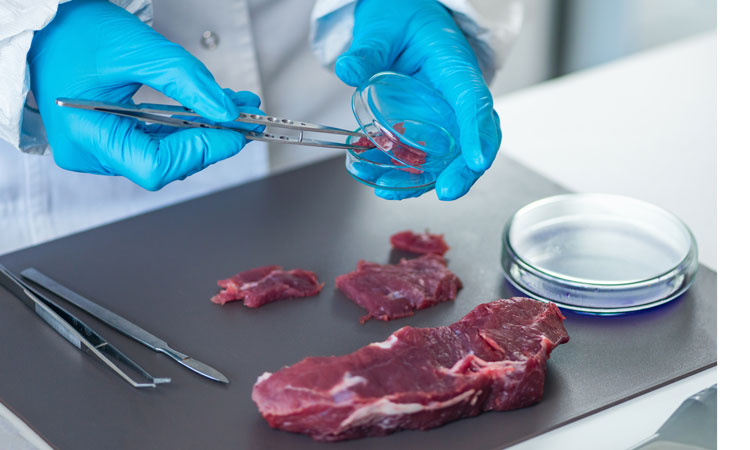Foodborne disease data for the EU
- Like
- Digg
- Del
- Tumblr
- VKontakte
- Buffer
- Love This
- Odnoklassniki
- Meneame
- Blogger
- Amazon
- Yahoo Mail
- Gmail
- AOL
- Newsvine
- HackerNews
- Evernote
- MySpace
- Mail.ru
- Viadeo
- Line
- Comments
- Yummly
- SMS
- Viber
- Telegram
- Subscribe
- Skype
- Facebook Messenger
- Kakao
- LiveJournal
- Yammer
- Edgar
- Fintel
- Mix
- Instapaper
- Copy Link
Posted: 23 February 2018 | Andrew Hudson - Jorvik Food and Environmental Microbiology | No comments yet
Every year the European Food Safety Authority (EFSA) publishes data on zoonoses (diseases transmitted from animals) and foodborne disease outbreaks for member states of the EU, and the numbers for 2016 were released recently. The document is complex, contains many caveats, is 228 pages long and probably not meant to be read at one sitting, so Andrew Hudson of Jorvik Food and Environmental Microbiology has distilled a few points of interest.


It should come as no surprise that campylobacteriosis remains the most common zoonotic disease in the EU, with the incidence at 66.3 cases/100,000 (around a quarter of a million cases). The range between member states is astonishing, with an incidence of 228.2 in the Czech Republic and 2.0 in Poland, which suggests that reporting may be less than uniformly applied. Turkeys were more frequently contaminated than broiler chickens, but the opposite was true for their meats. Perhaps broiler chicken processors have lessons to learn from turkey processors or, possibly, chickens are contaminated with higher concentrations of Campylobacter than turkeys. Salmonellosis is next at 20.4, which serves to highlight the numerical dominance of Campylobacter.
The rest of this content is restricted - login or subscribe free to access


Why subscribe? Join our growing community of thousands of industry professionals and gain access to:
- bi-monthly issues in print and/or digital format
- case studies, whitepapers, webinars and industry-leading content
- breaking news and features
- our extensive online archive of thousands of articles and years of past issues
- ...And it's all free!
Click here to Subscribe today Login here









